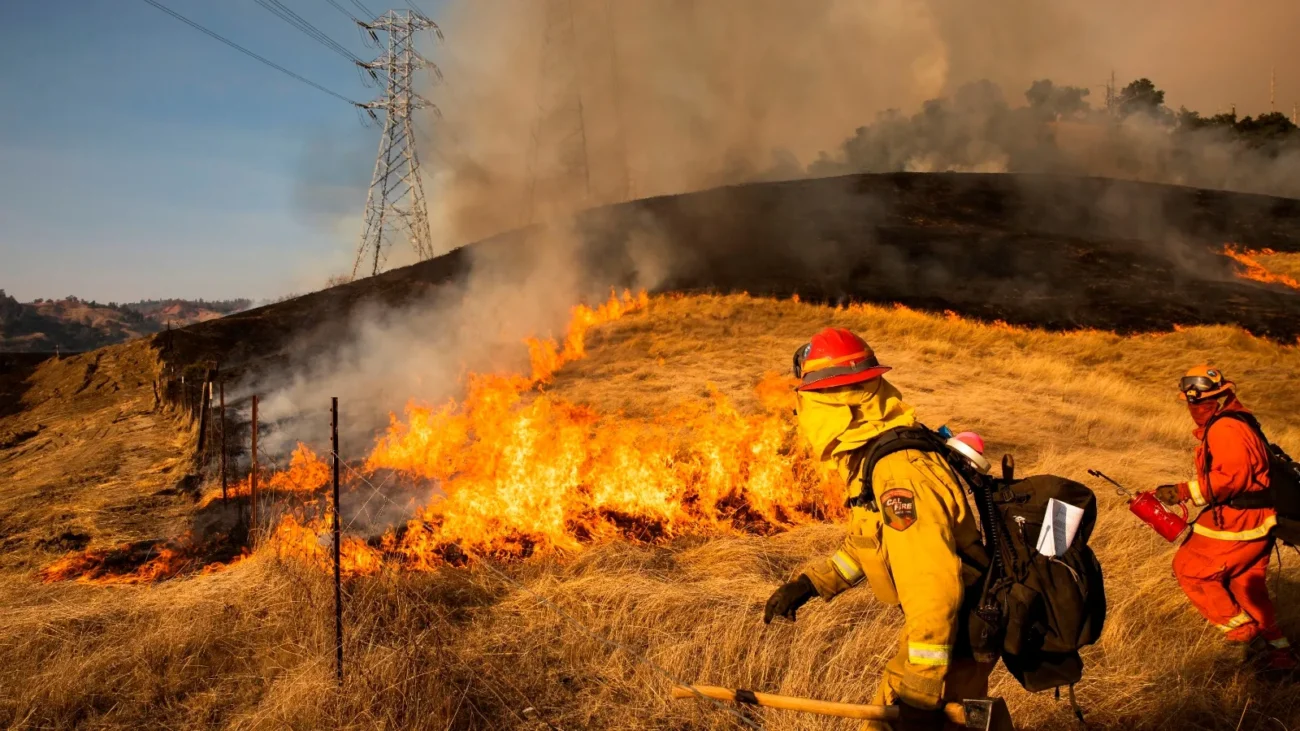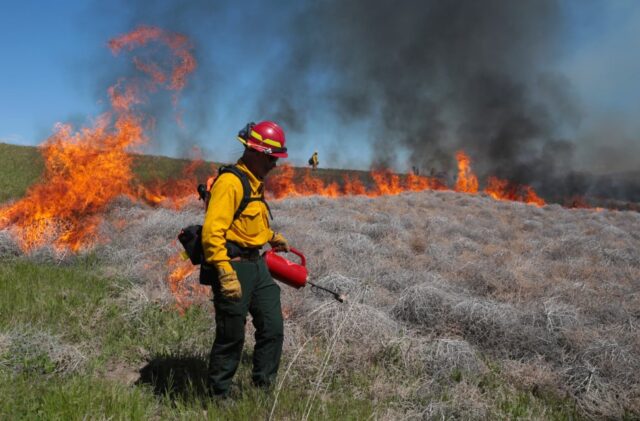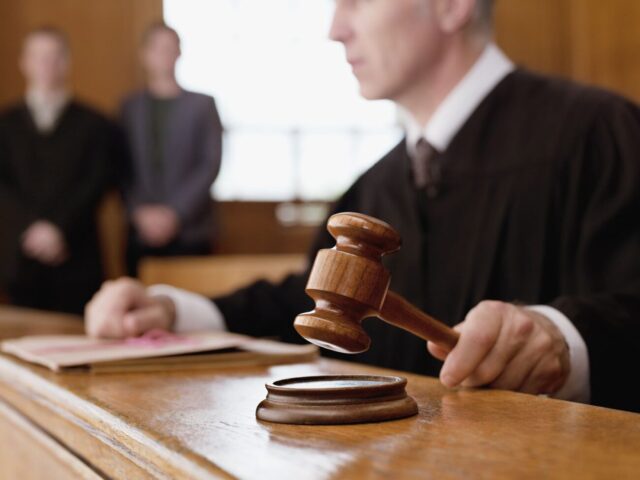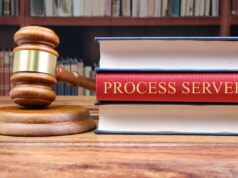
Have you ever wondered what happens when negligence or other legal factors cause an unexpected wildfire? Wildfires are devastating natural disasters that can cause significant damage to property, income, and lives.
The affected parties may be entitled to legal compensation through a lawsuit. Fighting for monetary damages from such a severe natural disaster can be an intensive and complex process, but plaintiffs may emerge victorious from a successful claim. They may receive financial reparations to offset their losses if the responsible party acted negligently or irresponsibly.
Lawsuits can hold power back in the hands of those whose lives have been upturned by a massive wildfire, allowing them to bite back against corporate or individual neglect. If you or a loved one has been wrongfully affected by a wildfire, contact a lawyer or legal team experienced in wildfire litigation today to get started with proceedings. This article explores the four main components that constitute a wildfire lawsuit.
1. Determining Negligence
One of the critical components of a wildfire lawsuit is establishing negligence. According to many wildfire attorneys, negligence plays a significant role in many wildfire cases. This could be related to improper maintenance of power lines, irresponsible land management, or any other act that could cause a wildfire. Identifying the party at fault is crucial in determining liability and seeking compensation.

2. Proving Damages
The second component of a wildfire lawsuit involves substantiating the damages incurred. These can range from property damage, loss of income, and personal injury to wrongful death. For instance, victims may experience business interruption, evacuation costs, injuries, and wrongful death damages.
Documenting our losses is essential to ensuring our claim is supported. Every step taken towards this documentation should be thorough and reliable. Collecting sufficient evidence provides that our claims are trusted and considered, allowing us to receive the recognition we deserve. It is crucial to write down every detail involving our losses. Doing this supports our argument and gives an accurate picture of our circumstances.
3. Litigation Process
The litigation process forms the third component of a wildfire lawsuit. There can be a broader class action component yet to be litigated. At this phase, the lawyer representing the plaintiff brings forth proof of carelessness and losses to the court. This process can extend from months to years, depending on the intricacies of the case.

4. Compensation
The final component of a wildfire lawsuit is compensation. The court determines the victims ‘ compensation once negligence is proven and damages are verified. This includes reimbursement for medical bills, lost wages, pain and suffering, and any future costs related to the injury.
The amount awarded is typically based on the severity of the damages incurred. If a class action lawsuit is involved, each plaintiff receives different amounts that depend on their losses. It is essential to contact an experienced attorney or legal team that specializes in wildfire litigation to ensure your rights are protected and you receive total compensation for your losses.
4 Main Components of a Wildfire Lawsuit ─ In Summary
A wildfire lawsuit involves determining negligence, proving damages, navigating the litigation process, and attaining compensation. Each component requires meticulous attention to detail and comprehensive legal knowledge.
Victims of wildfires are advised to engage competent legal representation to ensure their rights are protected, and they receive the compensation they deserve.







